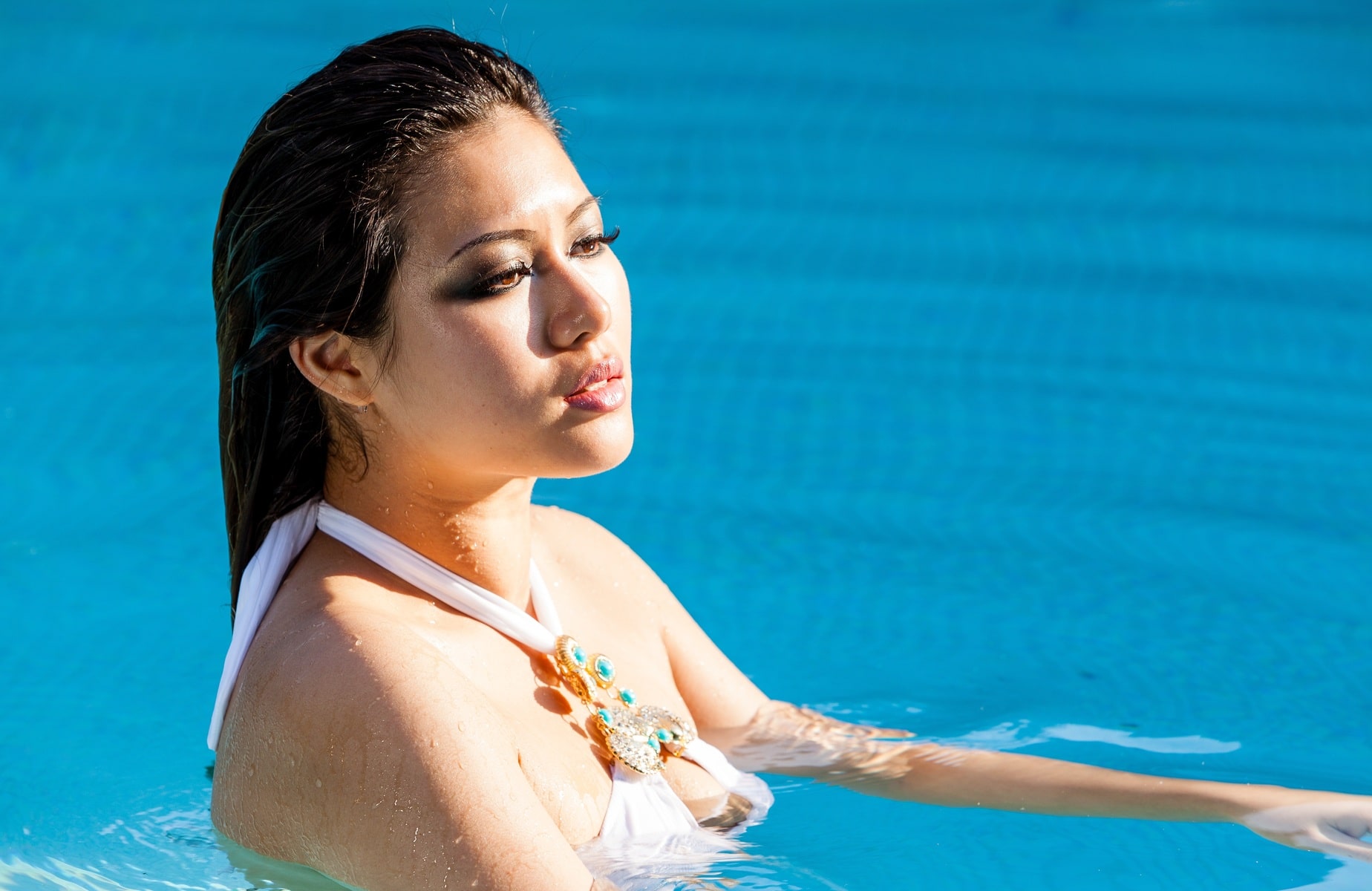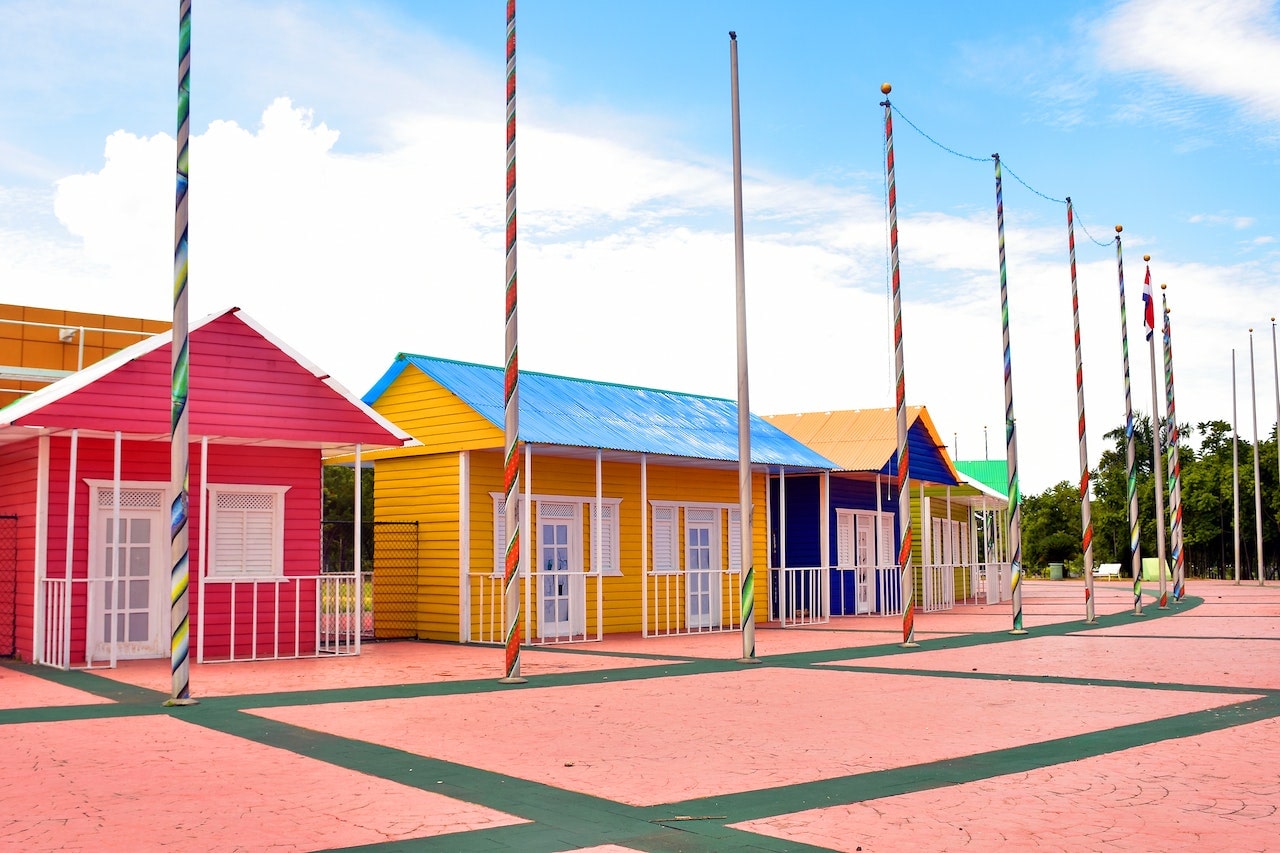When it comes to designing a space, comfort and visual appeal are not just desirable—they are essential. The way a room feels and looks plays a huge role in creating an atmosphere that supports relaxation, productivity, and overall well-being. Whether it’s your living room, bedroom, or office, a combination of real comfort and visual harmony ensures that the space serves both functional and aesthetic purposes.
The Power of Comfort: More Than Just Physical Relaxation
Comfort is not just about soft cushions and plush furniture; it is about creating a space where you can truly relax and unwind. Real comfort goes beyond the physical and touches on emotional well-being. A room that feels comfortable should cater to all your senses and provide an environment where you can feel at ease and grounded.
- Furniture That Fits Your Needs
Comfort begins with the right furniture. A comfortable chair or sofa can transform a room into a cozy retreat. Think beyond aesthetics and consider how the furniture fits your lifestyle. Is the sofa deep enough to curl up in? Does the chair offer support for your back? Furniture should not just look good but also serve a functional purpose, supporting the way you live. - Soft Textures and Materials
Fabrics and materials play a huge role in the comfort of a room. Soft rugs, throw blankets, and cushioned pillows add layers of comfort and tactile pleasure. Materials like cotton, wool, or velvet invite you to sink into them and create an environment that’s both welcoming and soothing. The right texture can turn an ordinary room into a sanctuary. - Lighting for Relaxation and Functionality
Lighting is an often overlooked aspect of comfort. The right lighting can make a room feel warmer and more inviting. Consider using a combination of ambient, task, and accent lighting to create a well-balanced atmosphere. Soft, warm lights are ideal for relaxation, while bright task lighting helps you focus on work or reading. Layering lighting creates depth and ensures that the room serves your needs at all times of the day. - Temperature Control
Comfort also extends to environmental factors like temperature. A room that is too hot or too cold can make it difficult to feel truly comfortable. Proper ventilation, heating, and cooling systems are vital in ensuring that the temperature in the room supports your overall sense of well-being.
Visual Appeal: Creating an Aesthetic Experience
While comfort is key, visual appeal is what draws you in and makes you want to spend time in a space. The right design choices can completely transform the atmosphere of a room. It’s about more than just filling a space with beautiful things—it’s about curating a visual experience that aligns with your personality and evokes positive emotions.
- The Power of Color
Colors have a profound impact on how we feel in a space. Warm tones like reds, oranges, and yellows create an inviting and energizing atmosphere, while cool tones like blues and greens offer a calming and peaceful environment. Neutral tones, like whites, grays, and beiges, provide a flexible foundation that can be paired with accent colors. Consider the mood you want to create and choose a color palette that enhances it. - Personalized Decor
Adding personal touches to a room can make it feel more meaningful and visually appealing. Art pieces, family photos, or items that represent your personal style can transform a room from a generic space into one that feels uniquely yours. Personalization creates a connection to the room, making it more enjoyable to spend time in. - Balance and Harmony
A visually appealing room is one that achieves balance. This can be accomplished by thoughtfully arranging furniture, selecting the right scale and proportion of decor, and ensuring that colors complement each other. The goal is to create a space that feels harmonious, where no single element overwhelms the others. - Incorporating Nature
Bringing nature indoors can have an immense impact on both comfort and visual appeal. Houseplants not only purify the air but also add vibrant colors and textures to a room. Whether it’s a small succulent on a shelf or a large leafy plant in the corner, nature adds life to any space. Plants create a serene atmosphere and can make a room feel more welcoming and balanced.
The Balance Between Comfort and Visual Appeal
The true magic happens when comfort and visual appeal come together in perfect harmony. A room that is both comfortable and visually stimulating creates an environment where you feel relaxed, happy, and inspired.
- Creating Zones for Comfort and Functionality
When designing a room, think about how you can create zones that allow both comfort and functionality. For example, in a living room, you might want a cozy corner for reading, a spacious area for socializing, and a spot for watching TV. Each zone should be designed with comfort in mind but also reflect your style through color, texture, and decor. - Textures and Layers for a Rich Experience
Combining different textures—such as soft rugs, sleek furniture, and rougher textures like stone or wood—adds depth and warmth to a room. Layers of texture and pattern can be visually stimulating without overwhelming the senses, creating an environment where comfort and aesthetics blend seamlessly. - Space Planning and Flow
A well-designed space takes into account the flow of the room. The arrangement of furniture and decor should allow easy movement while maintaining a sense of intimacy and comfort. A well-organized space makes it easier to enjoy the room and enhances its visual appeal by allowing the design to shine without clutter.
Conclusion
Real comfort and visual appeal are not merely luxuries—they are essential elements of any room. Comfort is about creating a space where you feel physically at ease, while visual appeal focuses on crafting an atmosphere that nurtures your soul. When both are carefully considered and combined, they transform a room from just a space into a sanctuary. Whether you are designing a living room, bedroom, or office, balancing comfort and visual appeal will ensure that your room not only looks inviting but also feels like a place where you can truly relax and thrive.



